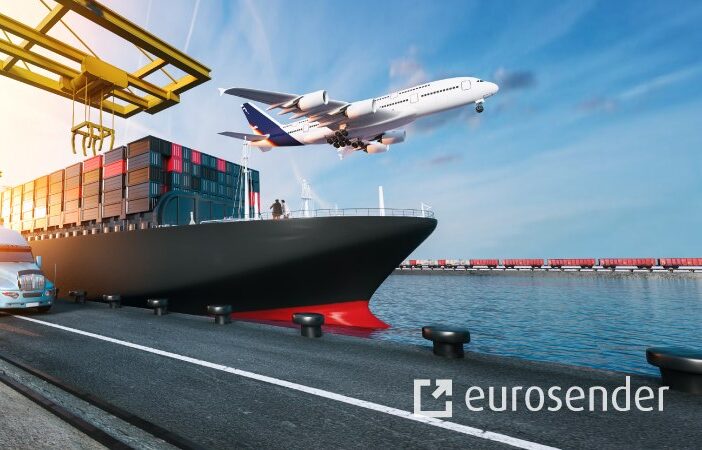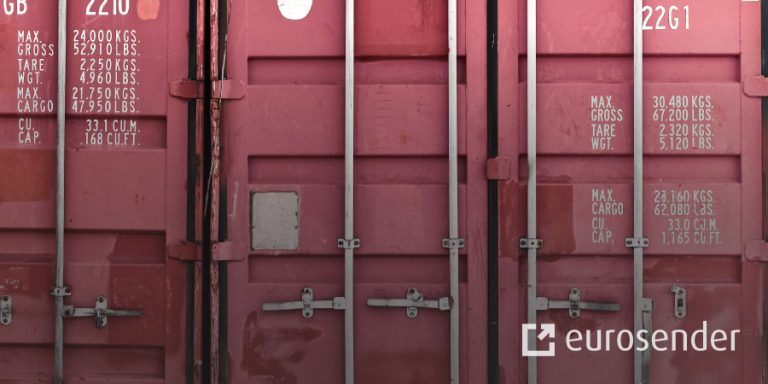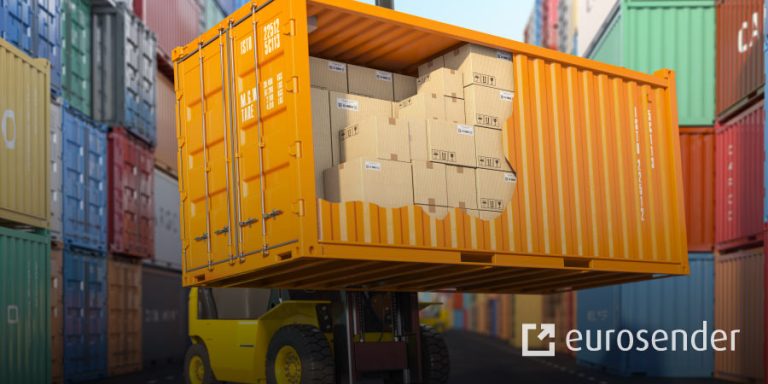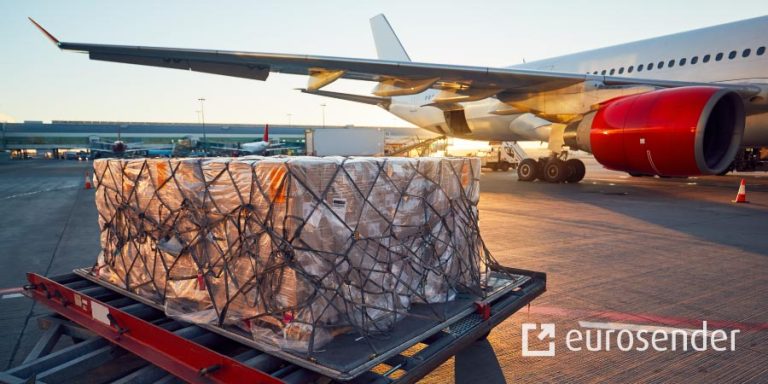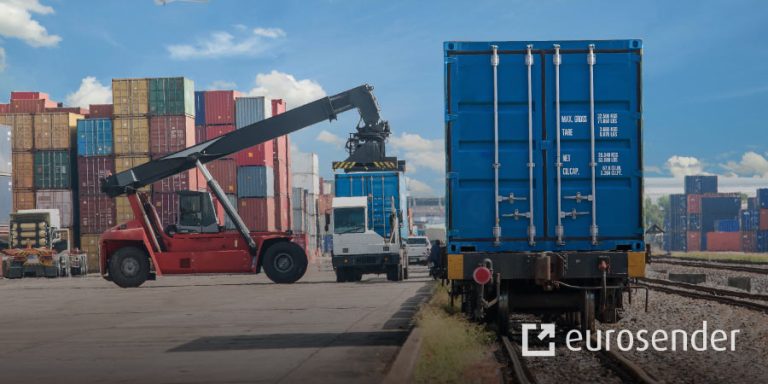Unimodal, Multimodal and Intermodal Shipping Explained
When organising a shipment of goods, one can choose from several different routes and types of transport available. The best service can be evaluated according to the total costs, duration of transport, logistics efforts or environmental impact. Moreover, it is possible to use a single type of transport or to combine different modes of transport for the same route, which can be especially useful for long-distance shipments. What are the main differences and benefits of choosing unimodal, multimodal or intermodal transport of goods?
Unimodal vs Multimodal vs Intermodal transport of goods
To properly compare the different modalities of transport, it is important to first understand the meaning of each of these terms. In unimodal transport of goods, the products are delivered using a single mode of transport, mainly by road, as it is the most efficient for door-to-door deliveries.
You may also be interested in:
In order to get the most efficient possible shipment, two or more types of transport can be combined, such as road, rail, sea and air. Combined transport can be classified into two categories: multimodal and intermodal. They can be used not only for long-distance deliveries but also when the customer has a limited timeframe for the delivery or needs a shipment that requires special handling.
What is the difference between intermodal and multimodal transport?
The main difference between intermodal and multimodal transport relies in the type of contract and amount of logistics administration involved. Let’s use the example of a shipment from USA to Italy. In this case, the parcel is first picked-up by a truck to be delivered to the port, where it is then shipped to Europe by sea and delivered to the consignee’s city by train. If intermodal shipping is used, each segment of transport needs to be arranged individually with different carriers, each with their own contract. Intermodal transport demands more logistics efforts, but it allows the sender to negotiate conditions with each logistics provider.
Read more about:
However, if a company opts for a multimodal type of transport, the whole shipment will be under a single contract with only one logistics provider. This means that one single logistics provider is held responsible for the entire transport, even if they outsource some of the segments to sub-carriers, referred to as “actual carriers”. This type of transport requires less logistics coordination because the entire transport is organised with one unique company.
Here at Eurosender, we offer deliveries using multimodal transport for companies and private users. Register your business to check our special prices.
What are the main advantages and disadvantages of each modality?
Not always the cheapest transport will be the best option for your shipment. Transport by road is the most affordable and widely used method, but it does not cover all the shipping needs of a business. If your customer needs an express delivery service or if the final address is located on an island, you might need to explore other transport options.
Avantages of unimodal, multimodal and intermodal transport:
- Centralisation of responsibility. The logistics provider should be the one to provide tracking and to solve problems such as delays.
- Combination of different means of transport makes the delivery faster.
- Having one single contract is more practical and requires less logistics effort from the sender.
- Depending on the means of transport involved, it has often less environmental impact.
Disadvantages of each modality:
- Requires a lot of logistics coordination.
- Less flexibility to handle unexpected situations, such as delays.
What are the documents required for multimodal and intermodal shipping?
One of the most important documents required when shipping cargo internationally is called the Bill of Lading. It contains the names of the consignee, the carrier and the shipper involved as well as information about the type of goods being transported.
When using a multimodal service, there will be only one contract and one Bill of Lading. The responsible logistics provider, referred to as multimodal transport operator (MTO) is also responsible for issuing the document. In this case, it is called multimodal or combined transport Bill of Lading. The only difference when shipping with an intermodal service is that instead of a single document, you would have multiple Bill of Ladings, one for each carrier.
If you need more information regarding shipping documents, do not hesitate to contact our logistics specialists.
In what situations are multimodal and intermodal transport mostly used?
Since they require more logistics coordination, multimodal and intermodal transport of goods are mostlyused by businesses when shipping either to customers,retailers or importers. These types of arrangements are ideal for transporting big volumes of items but can also be used to organise single deliveries. Here are a few situations when one could use a multimodal or intermodal shipping.
- When shipping to/from countries that do not border the sea
- Seller has a tight deadline that is hard to achieve by road
- International shipping between countries located in different continents
- Eco-friendly businesses that desire to offer more sustainable shipping alternatives
What types of transport can be combined in multimodal shipping?
Different means of transport might be selected depending on the route and the timeframe. Express deliveries tend to be transported by air, while intercontinental shipments might involve sea freight. Ideally, every type of transport can be combined to have the most efficient solution. The ones mostly used for cargo shipping are road, sea and air transport. However, the combination of trucks and airplanes is usually ideal when shipping single parcels.
Want to know more?
Check our articles that explore different topics within the logistics industry.
Create an account for free!
About the author
Marcel Nahtigal is the Head of Marketing at Eurosender, blending creativity with data-driven strategies to revolutionize logistics.
